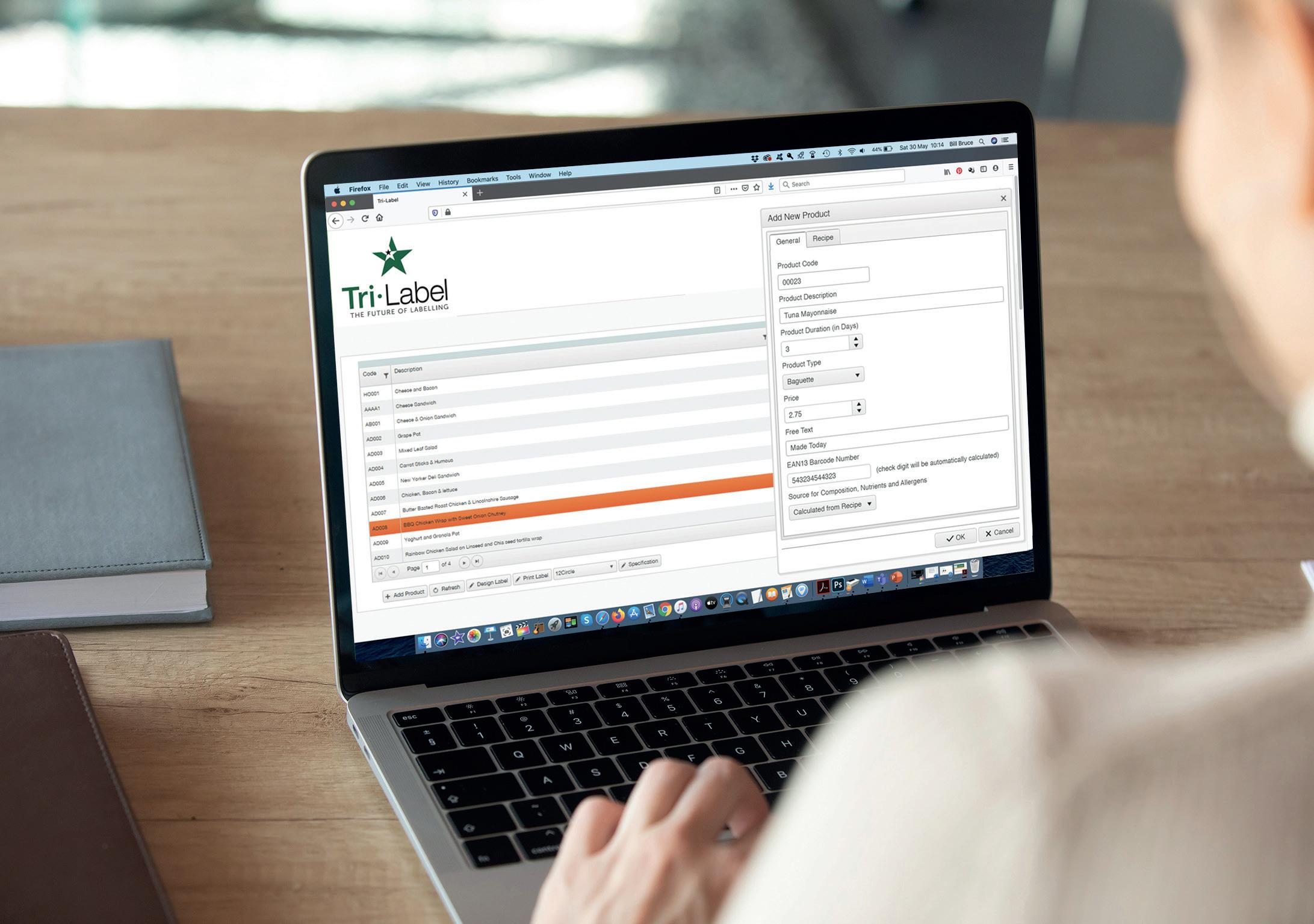NEWS
Hospitality restart met with growing economic uncertainty On 23 June, the government announced a change in the social distancing measures from two metres to “one metre plus”, alongside the proviso of “where it is not possible to stay two metres apart”, in turn meaning that one metre social distancing is now permitted as long as other Covid-19 preventative measures have been put in place in line with the government’s specific guidance document for the hospitality sector (Keeping workers and customers safe during COVID-19 in restaurants, pubs, bars and takeaway services). At the same time, the government confirmed that as of 4 July - dubbed ‘Independence Day’ by many - bars, pubs, cafés, restaurants, hotels, campsites, cinemas and museums could re-open in England, with similar re-openings now taking place in Scotland and Wales this month (links to the government’s re-opening guidance, what applies in Wales and Scotland, as well as any updates, can be found at https://www. gov.uk/guidance/working-safely-duringcoronavirus-covid-19). “This guidance applies to any food preparation or service setting where food and drink is sold for consumption at venues or for takeaway or delivery,” states the government in its guidance document. “For example, restaurants, pubs, bars, beer gardens, food to go, cafés, social and similar clubs operating as bars and restaurants, mobile catering and contract catering or similar environments where food and drink is purchased and consumed at a venue in their indoor or outdoor areas or offered for takeaway or delivery.” All hospitality indoors should be table service only, with contact between staff and customers limited, the guidelines propose. For many operators with indoor seating and serving areas, the timely, ‘save our summer’ permission to re-open and reduction in the social distancing 4
recommendation could prove to be the difference between being able to re-open a viable business and an unviable one when it comes to the number of tables, chairs and customers they can accommodate in a ‘Covid-secure’ manner. However, some might decide not to re-open at all, or re-open to discover that sales are down so significantly that their businesses are no longer financially sustainable. In the pizza, pasta and Italian food sector, many have been forced to close their restaurants in recent months, switching, or limiting themselves, to takeaway or delivery only. “On 20 March, we were told to close, not knowing if it would be for a week or month, or even longer. We went straight to takeaway and click and collect which has worked well for us, and we will keep this going. It’s efficient, customers pay in advance,” reports Domenico Crolla, director of Oro restaurant in Glasgow. “Normally, we are a 180-seater restaurant and to re-open we have spaced our tables out more. We’re fortunate to have a large space to do this, but we are also putting tables outside. I’m pleased to say we’re fully booked. We require one person in each group to provide their contact details, and as people tend to book in advance or online, we already have their details. People have been on furlough, cancelling holidays and not going anywhere much, and spending less in recent times, so I feel the cash is out there, and people want to get back to normal. But consumer confidence will be the decider. “We’ve not put barriers between tables, but we are offering QR codes to people so that they scan their order selection by phone if they want to. We have also put tent cards on tables saying that the ‘theatre’ of pepper and cheese is not available unless specifically requested. The worst thing that could happen now would be a second wave and people being told
to stay at home and isolate all over again.” According to the government’s ONS figures, at the height of lockdown in April, GDP in the UK fell by 20.4% - the largest fall since monthly records began in 1997 – and reflecting record widespread falls in services, production and construction output. Global information company, the NPD Group, reported that weekly spend in British foodservice in April 2020 was just over £200 million, compared to April 2019’s weekly spend level of around £1 billion pounds – a fall of 80%. In addition, the decline in British out-of-home (OOH) foodservice visits in April 2020 was almost three times as severe as the collapse seen during the financial crisis of 2008-2010. ONS figures for May, announced this month, suggest that the UK economy has started to grow again, but by just 1.8% (a surge in online retail sales and signs of a recovery in construction resulting in a small increase in GDP). Jobcentre claimants have risen by 23% to 2.8 million, say HMRC, with unemployment estimated to rise to 3.5 million once furloughing winds down, and in light of slower than expected growth in some sectors, according to a recent Bank of England survey. According to , spending on hospitality and leisure, entertainment, hotels and resorts, and travel fell heavily in May due to ongoing restrictions. The fall in eating and drinking spend slowed to 70.3% from 79.1% in April, they found; coinciding with more pubs, restaurants and cafés adapting to restrictions to offer takeaway services, they felt. Lockdown officially started on March 23. However, many people were already avoiding eating out, meaning that by the end of Q1 2020 there was already a 10% year-on-year deterioration in OOH visits. This decline accelerated dramatically in April and for the two-month period of March and April 2020 the fall was 54%, July 2020


















